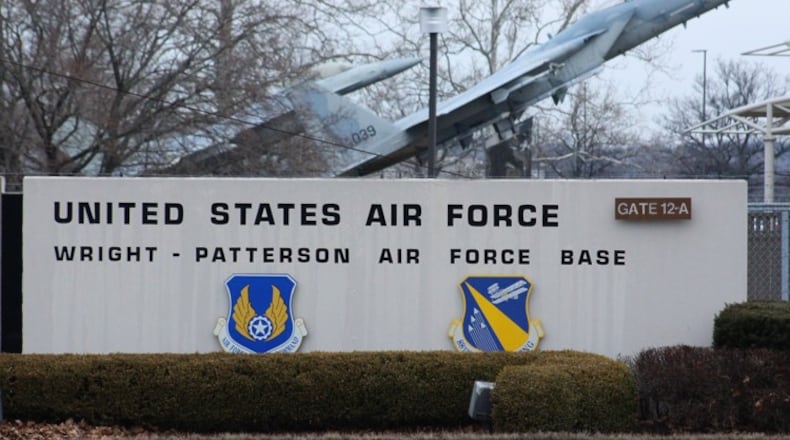“About two-thirds of the 79 installations addressed in this report are vulnerable to current or future recurrent flooding and more than one-half are vulnerable to current or future drought. About one-half are vulnerable to wildfires,” according to the report.
» CONTINUED COVERAGE: Wright-Patt at center of space threat research
Know a local veteran? We want to hear their story https://t.co/Ri2sYEcgI5 @WHIORadio @whiotv @daytondailynews
— Kara Driscoll (@KaraDDriscoll) January 16, 2019
Mandated by the 2018 National Defense Authorization Act, the report assessed “significant vulnerabilities from climate-related events in order to identify high risks to mission effectiveness on installations and to operations.”
The report found Wright-Patterson has the following risks:
• The base does not have a current risk for recurrent flooding, but it does has a potential risk for recurrent flooding.
• The base has a current risk for drought and a potential risk in the future for drought.
• The base does not have a current risk for desertification, and it does not have potential risk for it in the future.
• The base has a current risk for wildfires and a potential risk for wildfires in the future.
5 MILITARY STORIES TO READ
• Why an incoming stealth fighter program could be a 'franchise that goes on forever' for Wright-Patt
• Vets twice as likely to fatally OD – what the Dayton VA is doing about it
• Ohio celebrates Wright Brothers: 'Thanks for the wind, North Carolina'
• 7 things to remember about Wright-Patt false active shooter scenario
About the Author
